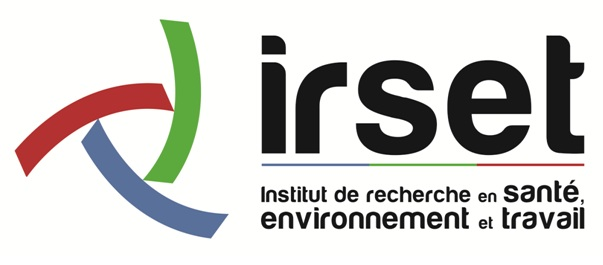Poison control centres and alternative forms of communication: comparison of response rates between text message and telephone follow-up
Résumé
INTRODUCTION: In recent years, the number of patients managed by poison control centres (PCCs) has increased without a proportional increase in the number of physicians. To improve efficiency without neglecting patient follow-up, some PCCs have begun using text messages. We evaluated the difference in response rates between text messaging and traditional telephone follow-up. MATERIALS AND METHODS: This retrospective, monocentric, non-randomised cohort study was conducted using data from calls made by the New Aquitaine PCC between February 27, 2019, and March 31, 2019. Patients were contacted up to three times by a phone call or short message service (SMS). RESULTS: For the analysis, 823 patients were included. At the end of follow-up, the response rates were similar in the phone call and SMS group (94 vs. 94%; p = 0.76) with median [interquartile range] response times of 0 min [0; 27 min] and 29 min [6; 120 min], respectively. The response rates did not differ in subgroups stratified according to sex, self-poisoning vs. relative response, age class, and solicitation during working hours vs. outside of working hours (all p > 0.5). Moreover, health practitioners required 2.4-fold more time to call than to send text messages (p < 0.001), and all practitioners were satisfied or very satisfied with text messaging implementation. CONCLUSION: Patients had good adherence to text messages. Text messages are easy to use, rapid, and allow the physician to easily prioritise follow-up without occupying the emergency line. Additionally, the costs of installation and maintenance are low for text message systems; these low costs facilitate the implementation of such services in various medical situations.
